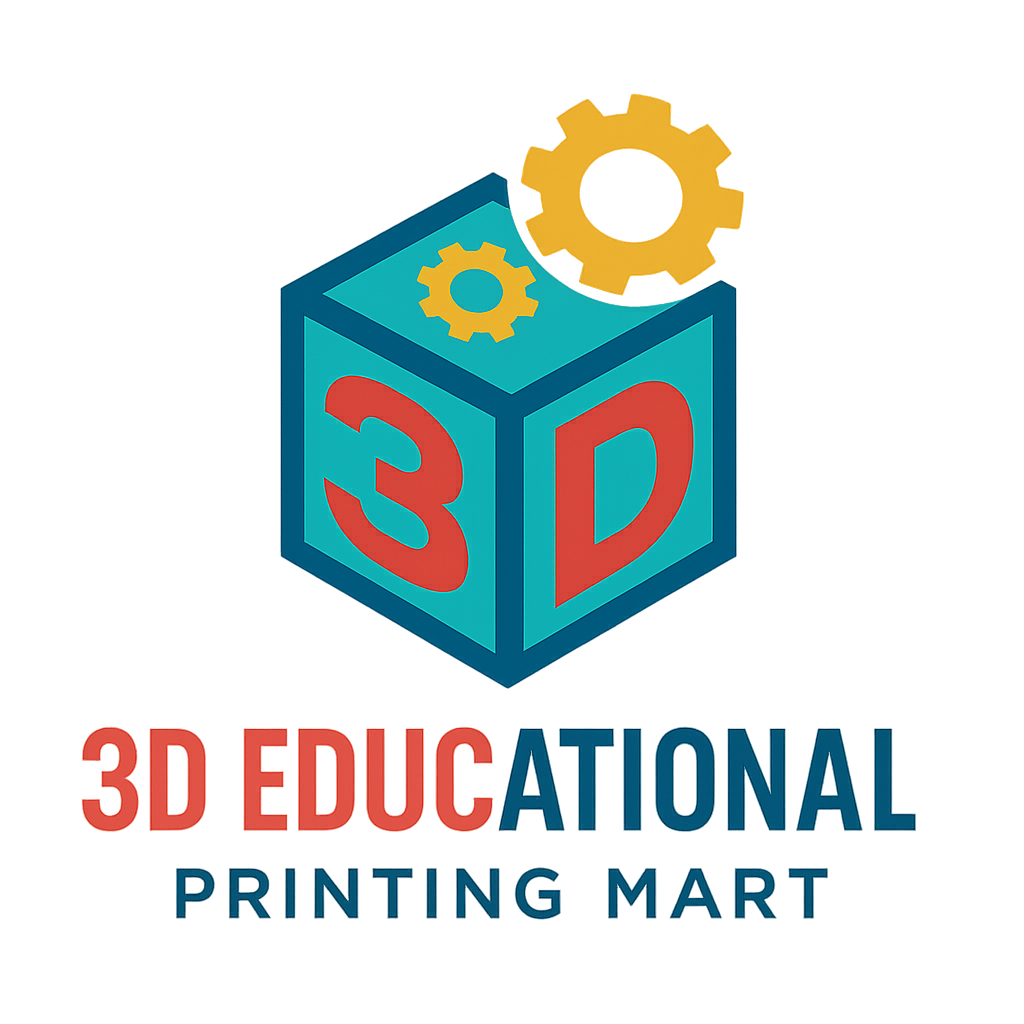When choosing 3D printing filament, the quality can make a big difference in print strength, finish, and consistency. Here are the main factors you should look for:
🔹 Material Purity
- Consistent composition – no fillers or recycled plastic unless stated.
- Low moisture content – filaments that come vacuum-sealed with desiccant are best, since moisture causes bubbling and weak prints.
🔹 Dimensional Accuracy
- Look for tight tolerances (±0.02 mm or better).
- Consistent diameter prevents clogs and ensures smooth extrusion.
🔹 Winding & Spool Quality
- Evenly wound filament reduces tangling mid-print.
- Strong, well-designed spools make handling and storage easier.
🔹 Mechanical & Print Properties
- Strength vs flexibility – depends on your use case (e.g., PLA is easy but brittle; PETG is stronger and more flexible; ABS is durable but tricky).
- Surface finish – higher quality filaments leave fewer layer lines and produce a smoother print.
- Bed adhesion & warping resistance – good brands formulate filaments for stable adhesion.
🔹 Brand Reputation & Consistency
- Stick to trusted brands with reliable quality control (e.g., Hatchbox, Prusament, MatterHackers, Polymaker).
- Cheap no-name filaments may work but can vary a lot between spools.
🔹 Specialty Additives (Optional)
- Some filaments include carbon fiber, wood, or metal fillers for strength or appearance.
- Make sure your printer/nozzle can handle them (abrasive filaments need hardened nozzles).
✅ Quick tip: For beginners, PLA or PETG from a reputable brand is the best balance of quality, ease of use, and price.
